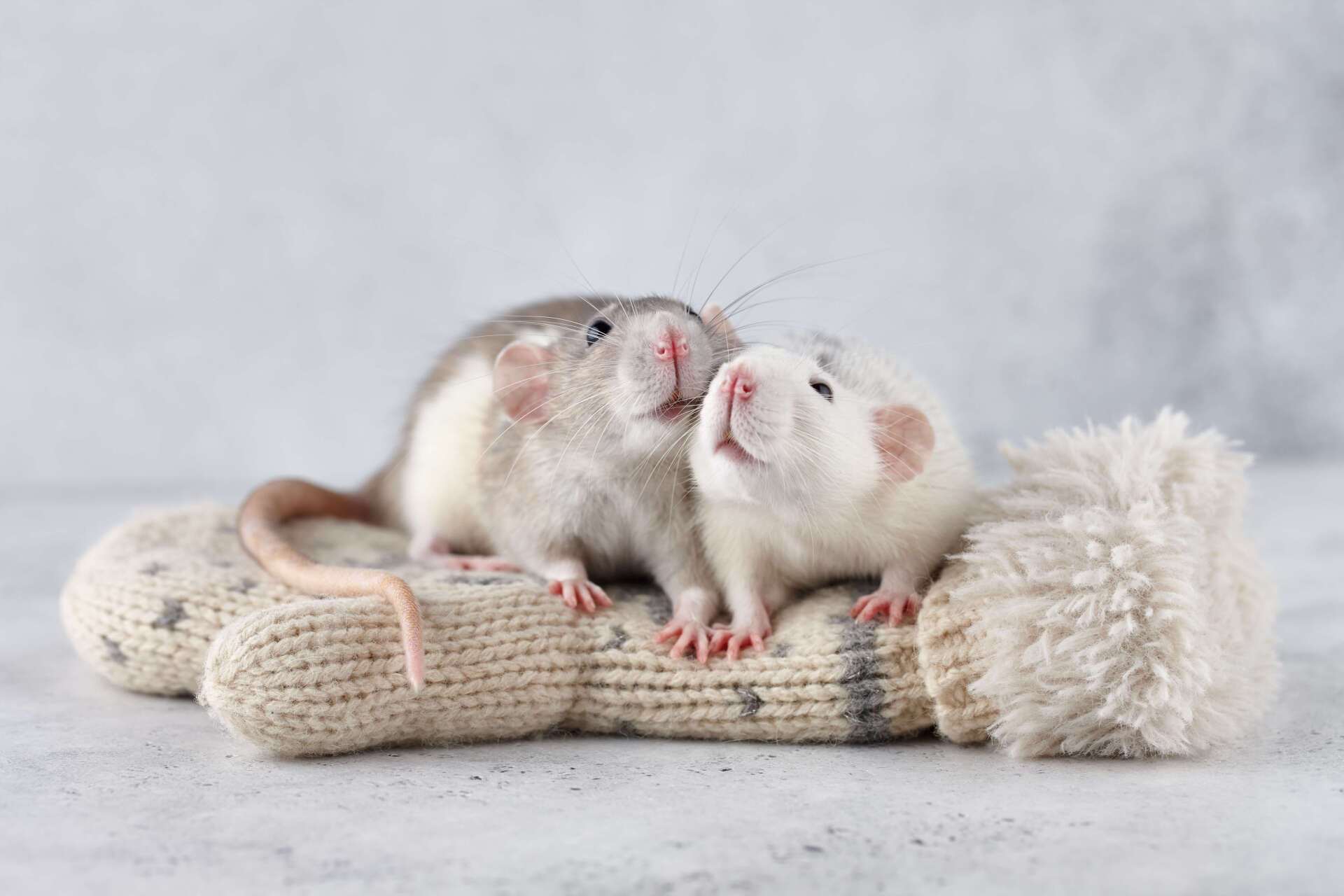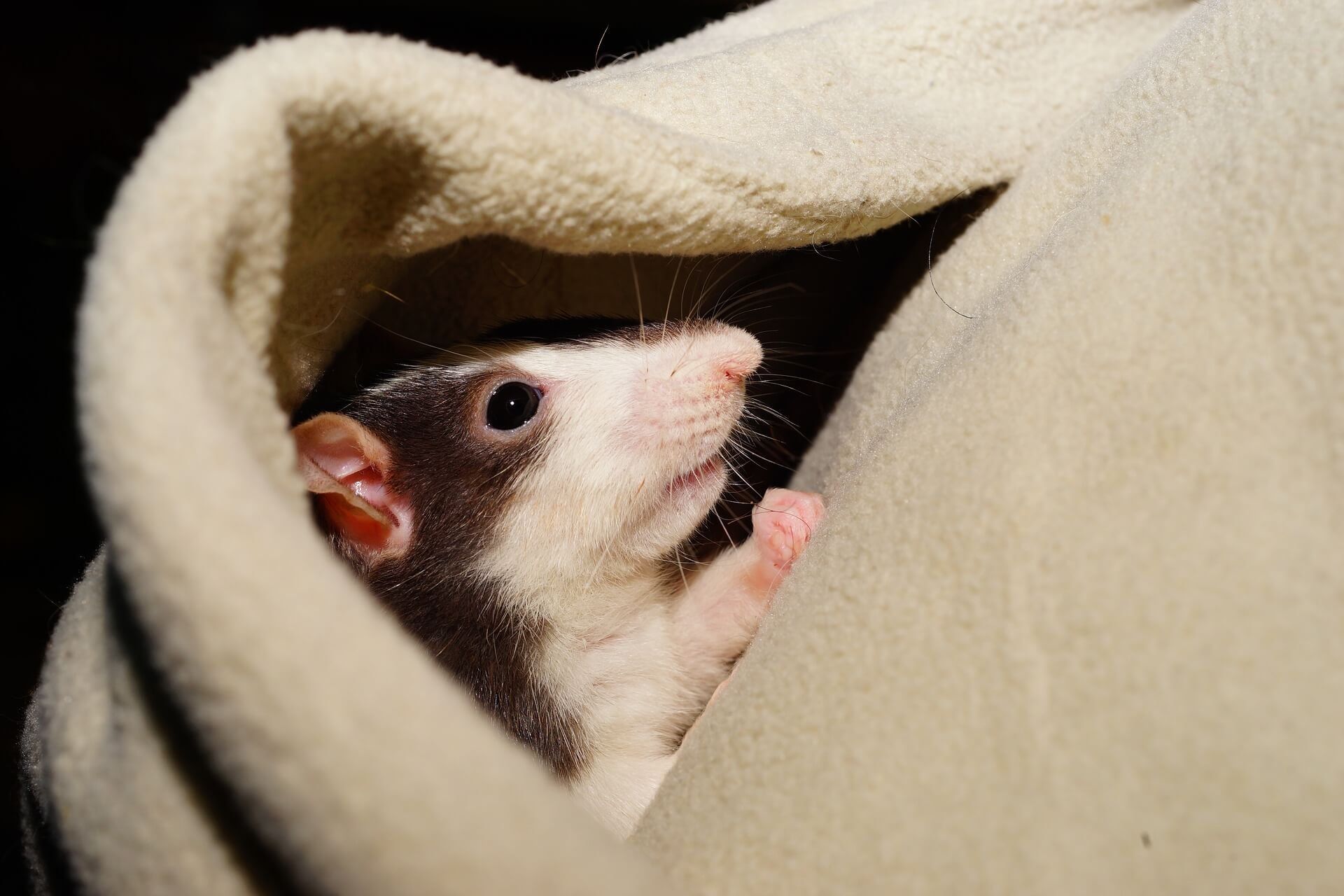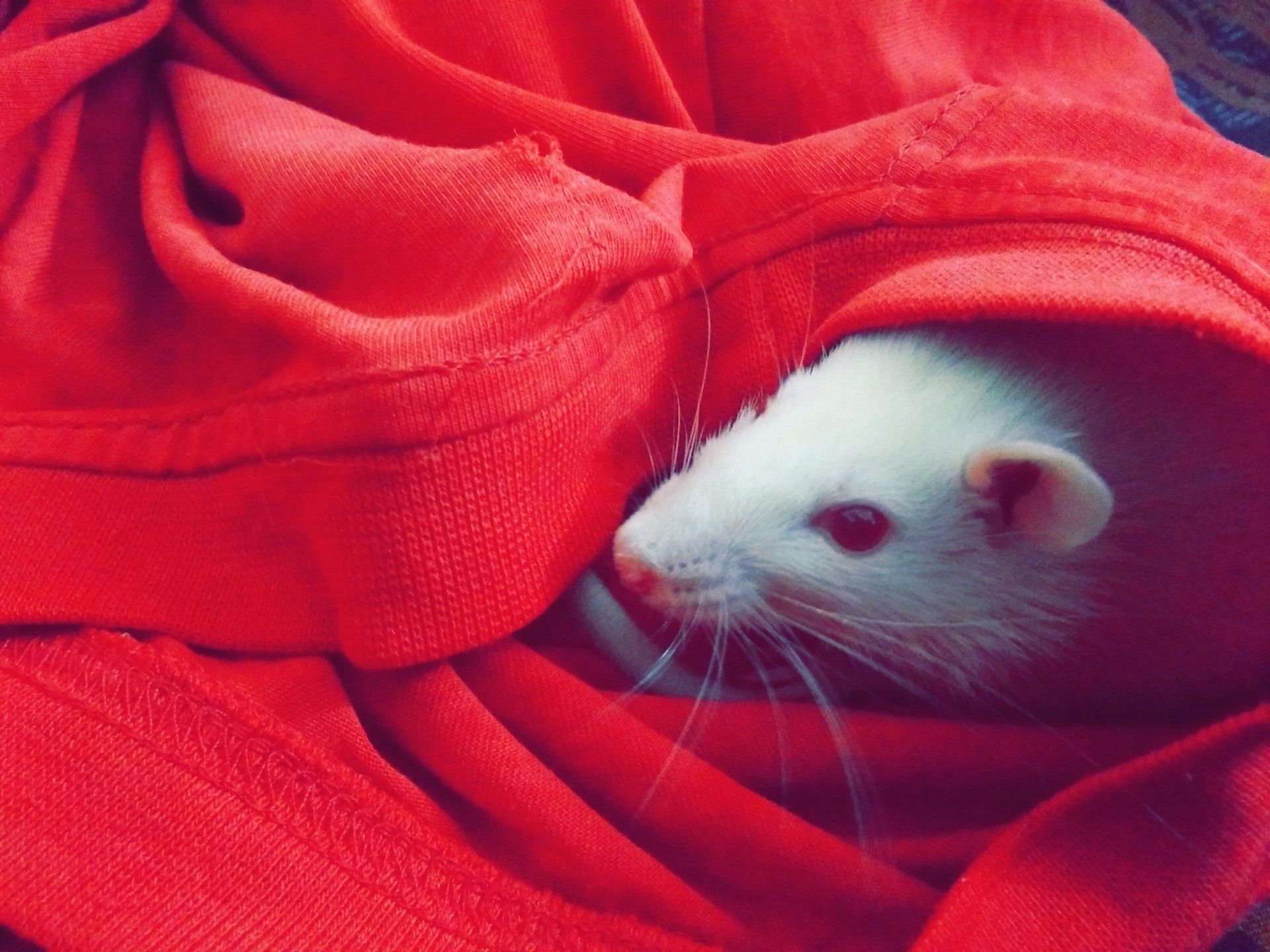Male Vs Female Rats – Who’s The Better Pet?
This post contains affiliate links and I will be compensated if you make a purchase after clicking on my links.
Male Vs Female Rats – Who’s The Better Pet?
It’s the battle of the sexes again… but this time, it’s male vs female rats! Many people have very strong opinions on this question, but is there that big of a difference when it comes to owning them as pets?
In the argument of whether male or female rats make better pets, there’s no “right answer.” It all comes down to preference! Female rats tend to be more active, while male rats tend to be more laid back. Depending on your personality and lifestyle, you will likely be drawn to one over the other.
Personality differences aren’t the only thing that separates male and female rats! Read on to discover the differences between them, and how those differences may affect your choice.
Differences Between Male and Female Rats
While all rats are wonderful, most people have their preference of one sex over the other. Personally, I prefer my females! But I believe their differences are what make them so interesting, and what makes them such a great pet for such a wide variety of people. Between male and female rats, you are going to see a pretty major difference in appearance, temperament, and a few different care needs.
Appearance
There’s a pretty noticeable difference in appearance between adult male and female rats, as rat testicles are quite large. But baby male rats can be hard to identify sometimes!
Because of this, my favorite go to is to look for nipples. Except in rare occurrences, male rats don’t have nipples, so it is easy to use to identify as babies before the fur grows in too thickly.
Nipples, though rare, do sometimes occur in male rats, so do not base your final determination on this.
The genitalia can be a little hard to identify on baby rats. Use the below references to help you identify the sex of your rat if the testicles haven’t dropped yet:
Females: Will have a smaller space where the female genitalia is between their urethral opening (small bump) and their bumhole. Note that their introitus does not open until they are 5-6 weeks old.
You will likely not (or at least you shouldn’t) get a baby rat before they are 6 weeks old, so the females should be relatively easy to identify.
Males: Will have a larger space between their penile nub (larger bump) and bumhole. This is where their testicles will eventually drop.
Besides the genitalia, male rats tend to be larger than female rats and have a boxier body shape. Females are in general smaller, more streamlined and athletic looking.
Looks mean a lot to some people, and that extends to their pets. Nothing wrong with that, I know plenty of people who never want to own male rats for the balls alone!
That being said, if you are wanting a smaller, sleeker rat, go for female rats. If you want a bigger, boxier rat, and can handle the extra baggage, get yourself some male rats!
But before making your decision just yet, you might want to read about the differences in personality and temperament between the male and female rat.
Temperament
As stated earlier, male rats tend to be much more chill than female rats. As most owners of female rats can attest (myself included), getting female rats to sit still and snuggle with you at a young age is near impossible!
This is, of course, based on the average rat. There are some males that are incredibly active and some females that are super docile as well.
Because of this, people who are more interested in training their rats to do tricks tend to get females, and those who are more interested in “lap rats” get males.
The funny thing is, in the laboratories, male rats are considered easier to work with than females! In the debate of trainability of male vs female rats, it really depends on the individual rat.
I’ve had female rats that pick up on tricks really fast, and some who are not as motivated and take longer to catch on or even care!
Neither female or male rats are “meaner,” but male rats are more likely to show aggression (especially towards other rats) upon reaching the 5-6 month point of their life. This can usually be solved by neutering the male rats who start showing aggression.
Female rats on the other hand don’t usually get more aggressive when they reach this age. They tend to establish their hierarchy in a less violent way, still scrapping but not as violently.
Going into heat (every 4-5 days) can make female rats grumpier, but it isn’t super common. I can hardly tell a difference when my girls go into heat, they just stay their sweet selves!
Level Of Care
In regard to the level of care required in male vs female rats, there’s really no big difference. Male rats are bigger so they do require more space, so the same cage that can hold four female rats comfortably can not necessarily house four male rats.
Because male rats are bigger (an average 300-800 g vs. an average weight of 250-500 g for females) they do need to eat more, and require a slightly different diet as they age.
One big difference in diet is the level of protein. Male rats require a lower protein diet than female rats as they age, because they are more prone to kidney cancer.
On the flip side though, female rats are more prone to tumors. Having your female rat spayed at a young age can significantly decrease the chance they will mammary and pituitary tumors later in life.
Another big difference in the care of male and female rats is the smell. Male rats can sometimes smell muskier and produce “buck grease”, while females have a more overall pleasant smell to them, sometimes likened to popcorn. This is different than the smell of their cage, which can get quite smelly with both females and males!
Remember that rats can't live alone and need to have a same-sex friend, so you will probably need to go through introductions at some point.
Introducing adult female rats tends to be a lot easier than trying to introduce adult male rats. Because males are more aggressive as a whole, they do best when they grow up with their cagemates, and can sometimes reject new rats violently.
If you are looking for a safe bet, especially with males, consider getting them from a reputable breeder, as there is much less chance to be aggression issues later in life.
It is always, ALWAYS important, especially with adult male rats, to do proper introductions!
As stated earlier, neutering your male rats can help curb the aggression they show towards their cagemates. If you find you have an overly aggressive male, talk to your vet about this option.
Lastly, females tend to live longer than males. The average female rat lifespan will be around 2-15% longer than the average male rat lifespan.
Easy Break Down Of The Options
As you can see, male and female rats are quite different, but both make wonderful pets in their own ways! Refer to the chart below for an easy visual showing their main differences.
Regardless of if you choose the more active females, or the laid back males, equipped with the right information I’m sure you will enjoy your pet rats!
Final Thoughts
While I love, and always will love, my female rats, that doesn’t mean female rats are the best choice for everyone! Both female and male rats have their benefits and downfalls, and everyone will have a preference based on their own personality and lifestyle.
Do you own female rats, male rats, or both sexes and have a preference of one over the other? Let us know why below!






